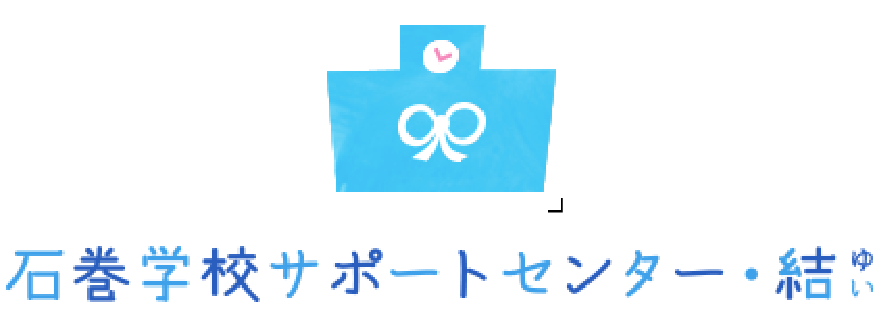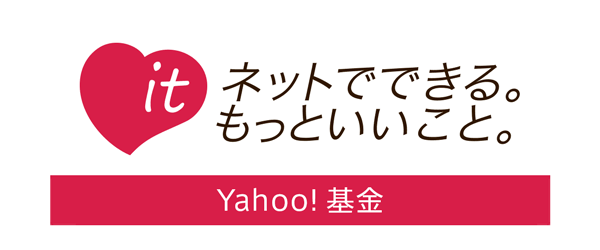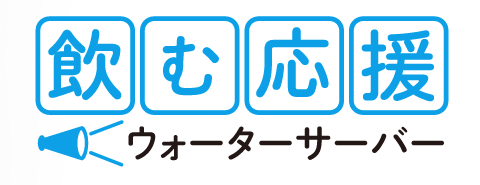豪Financial Review紙にプロジェクト結の記事が掲載されました (3/10)
豪 Financial Review紙の記者で、プロジェクト結の石巻でのボランティア活動(34期)に参加されたPenny Pryorさんの記事が掲載されました。Pennyさんが体験した石巻の今について、書かれています。
(以下は3/10付記事を、日本語に翻訳したものです。)
「A place to forget and let loose − 忘れ、一息つくことができる場所」
Penny Pryor記者
東北地方沿岸部に点在する仮設住宅団地のひとつ。ある女性が染みのついた写真を見つめながら、家族を指差してくれた。「これは私の父親の小さい頃の写真です。当時はこういうものを着ていたんですね」女性は、着物を着た一人の少年の写真を指して言った。「これは私の母ですね。」彼女は、その隣の女性を指して言う。「ただ、もちろん、彼女も流されてしまったのですが」。
彼女が津波のあと整理することができないでいたものの整理を大学生のグループが手伝っている。洪水によって濡れてしまった手紙の束、流されてしまったキャットフードの缶詰、波に飲み込まれた車から彼女がなんとか持ち出してきたCDなど。「確かにあれから1年が経ちました。でも私の中ではまだ心の整理がどうしてもできません」と彼女は言った。
現在、石巻市では、沈んでしまった道路は復元され、ひびも修復されている。丘に打ち上げられた船も港にもどされるか、処分済みとなっている。今や風景の一部となってしまったかのようながれきの山は、空高くそびえたっている。車がその頂上まで積まれ、少なくとも一艘の船が側に横たわっている。かつて港湾にそって並んでいた工業地域は、今やゴースト・タウンのような様相を呈している。
地震と津波から1年となる日曜日の前日、街は雪に覆われていた。被害を受けた建物が残る一方で、最初に目に飛び込んでくるのは、何もなくなってしまった広大な空間だ。日本の多くの被災した街の復興は、ゆっくりと進んでいる。土地は整理され、破壊された家々は取り除かれ、基本的な生活必需品の供給は回復している。
しかし、災害の記憶は未だ生々しい。2万人以上の人々が命を落とし、37万軒の家屋が破壊され、40万人に近い人々が未だに避難所や仮設住宅での生活を余儀なくされている。津波に流されなかった家屋であっても、多くは全壊と認定され取り壊された。また、未だに取り壊されていない家屋であっても、持ち主を見つけることができていないという理由だけで建っている場合も多い。
「私が昨年の6月に最初に来たときには、復興が思ったよりも進んでいなくて少し驚きました。まだ多くのがれきが周りに残っていましたし、地震からだいぶ時間が経っているので、今の技術を使えば、復興プロセスはもっと進んでいるものと思っていました。」と河合計幸さんは言う。
彼は、被災した家族をサポートするために結成された、プロジェクト結というボランティアプログラムのメンバーである。プロジェクト結は、最初のボランティアグループを7月に石巻に派遣した。結は、支援物資の整理や現地の学校をサポートするボランティアプログラムを1週間単位で実施しているが、その中心となる活動は、「みんなの場」である。毎日午後3時から5時半まで、プロジェクト結は、多くの仮設住宅団地で、子どもたちが遊び、住民たちが自然と集まってくることができるような場を運営している。
河合さんは、最初の驚きの後、しかし徐々にこの地域の状況や風景に慣れていったという。「人間誰しも、ある程度置かれた状況に慣れていかなくては、前に進むことができません。時間とともに自然の移り変わりがあって、同時に自然の力の大きさにも気付かされます。」
各地の避難所は、仮設住宅が建設された8月まで運営されていた。人々は、その後新しい住宅に抽選によって転居した。「ただ、転居することを望まず、応じなかった人もいました。」と河合さんは言う。
避難所の共同生活の住環境は理想的とはいえないものであったが、食料やその他の生活必需品は供給されていた。そのような避難所は、10月まで完全には閉鎖されずに継続された。プロジェクト結の初めての「みんなの場」はそうした避難所で始まり、そしてその後仮設住宅団地での実施に移行していった。
結は、震災後に立ち上がった何百ものボランティアプログラムや組織のうちの1つにすぎない。多くの人々にとって住民たちが最大の関心事であるが、時が経つに連れて、そうしたボランティア活動に関与する人の数は減少してきている。現在のところ、プロジェクト結の毎週の活動は、たくさんのボランティアによって実施されている。
「最近は地域のお母さんたちの協力を得る取り組みも始めているところです。私たちは、ボランティアたちが、例え来なくなった後でも継続していけるようなプログラムを作ることを目指しています。」プロジェクト結のもう一人のメンバーである浅見早登子さんは言う。
地域の住民を雇用してプログラムの運営に協力してもらうことで、母親たちを経済的に支援することもでき、プログラムの未来についても保証することができる。
その具体的な効果を測定することは困難かもしれない。しかし、「みんなの場」でクッションを投げて遊ぶ子どもたち、一方でその母親たちがコーヒーを飲みながら、縫い物をしている高齢の女性と会話している様子を見ると、このようにリラックスして一息つける場所を持つことがいかに重要かという点について、あらためて説明する必要もないだろう。
(翻訳:プロジェクト結有志)
(以下は原文記事です。)
A place to forget and let loose
PENNY PRYOR
In one of the temporary housing estates that dot the north-east coast of Japan, a woman is poring over a water-stained photo album pointing out her family.
“That’s my dad when he was little. That’s what they used to wear back then,” she says, focusing on a picture of a small boy in a kimono.
“That’s my mum,” she says, coming to the next one. “But, of course, she was washed away.”
A group of university students is helping her sort out boxes she hasn’t been able to touch since the tsunami: a bag of letters still wet from the flooding, tins of food for the cats that were drowned and CDs she managed to save from her car that was caught in the waves.
“I know it’s been a year but I just can’t bring myself to throw it out,” she says.
In Ishinomaki, roads that sunk have been rebuilt, cracks have been mended, boats have been returned to the port or scrapped.
The scrap heaps, which have become part of the landscape, rise high into the sky. Cars are stacked on top of each other and at least one boat lies on its side. The industrial area that used to line the harbour resembles a ghost town.
In the days before Sunday’s anniversary of the earthquake and tsunami, the streets are covered in snow. Apart from the damaged buildings, the first thing that hits the eye is the abundance of vacant blocks of land.
The rebuilding process for the many Japanese townships hit by the disaster is progressing slowly. Blocks of land have been cleared, ruined houses demolished and the basic essentials have been restored.
But the memories are still raw. More than 20,000 people died, 370,000 houses were destroyed and almost 400,000 people are still in emergency shelters or temporary housing. Many of the homes that weren’t washed away have been condemned and demolished. Many of those left standing are still there only because the authorities haven’t been able to find the owners.
“I first came here in June last year and was a little surprised that more hadn’t been done. There was still a lot of rubble and debris around and I thought after this much time and given the technology available today that the rebuilding process might have got further,” Kazuyuki Kawaai says.
Kawaai is a member of Project Yui, a volunteer program created to support affected families. Yui brought its first group of volunteers to Ishinomaki in July. It runs a weekly program helping to sort aid supplies and lending a hand at schools, but its main focus is mina no ba – everybody’s place.
From 3pm to 5.30pm every afternoon in many of the temporary housing estates across the town, they’ve made a place for kids to play and residents to gather.
Kawaai says after the initial shock he quickly got used to conditions in the area.
“You can’t survive if you don’t get used to it. And you can never forget how powerful nature is,” he says.
The local evacuation centres were in operation until August, when the temporary housing facilities were built. People were then moved into the new housing by a lottery system.
“But some didn’t want to move in and didn’t take up their spots,” Kawaai says.
While the communal living conditions at the evacuation centres weren’t ideal, food and other basic living essentials were provided. Evacuation centres in the area weren’t completely closed until October.
The first mina no bas were in evacuation centres, and then the temporary housing estates.
Yui is just one of hundreds of volunteer programs and organisations that sprung up following the disaster. Most have the residents’ best interests at heart but as time passes, the number of people involved has dropped.
Till now Project Yui has been using volunteers to run its weekly programs.
“We’re also starting to get some of the mothers to join in. We want to build a program that can continue even when the volunteers stop coming,” says Satako Azumi, another member of the Yui group.
By paying residents to look after the program it helps the mothers financially and guarantees its future.
Its concrete influence might be difficult to measure, but the group of kids throwing cushions around the room while their mothers drink coffee and chat with the elderly women sewing in the corner don’t need to explain how important it is to have a place to let loose.
(出典:Australian Financial Review – 10 MAR 2012 00:03:00)
ボランティアについて
寄付・ご支援
English Contents Here








